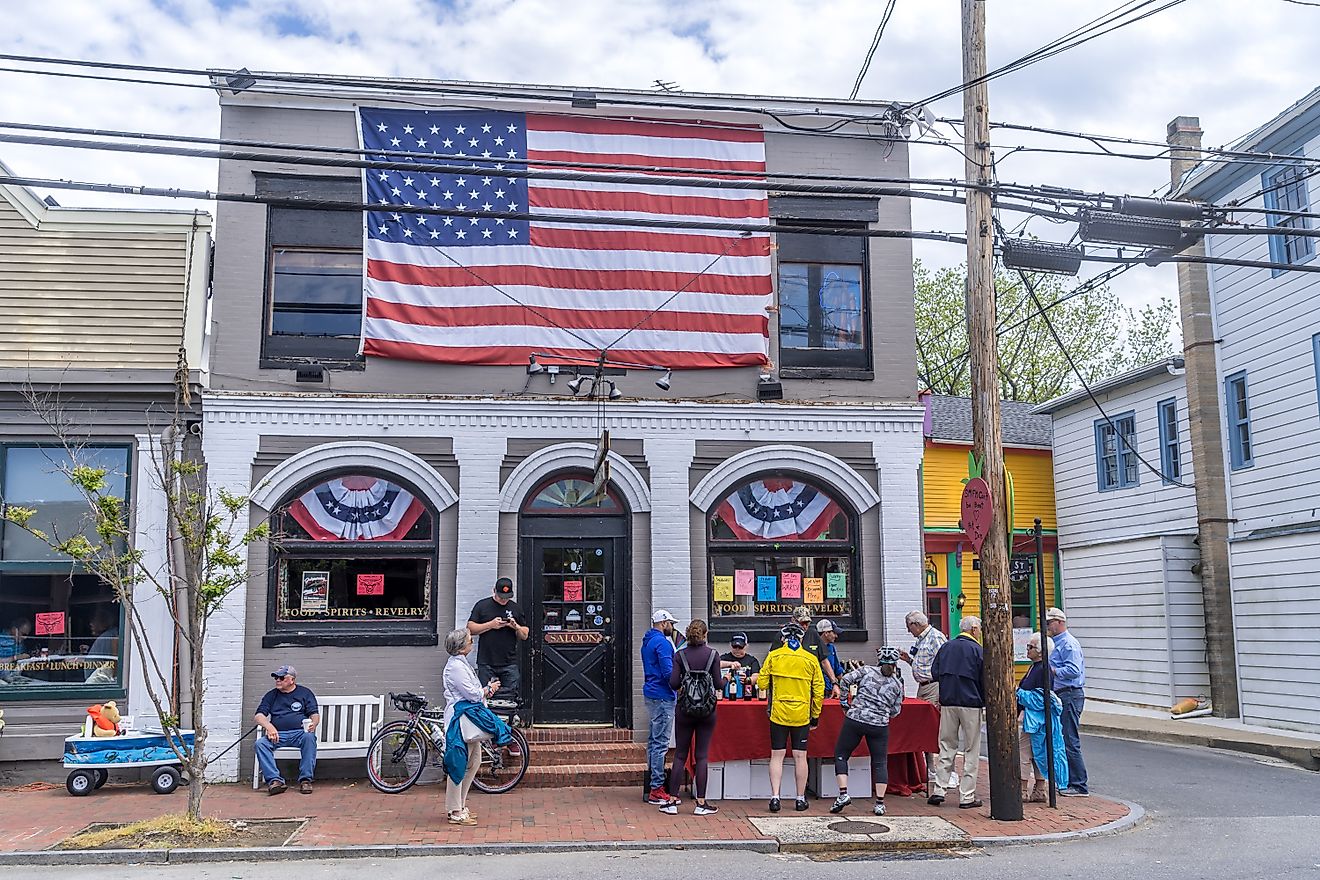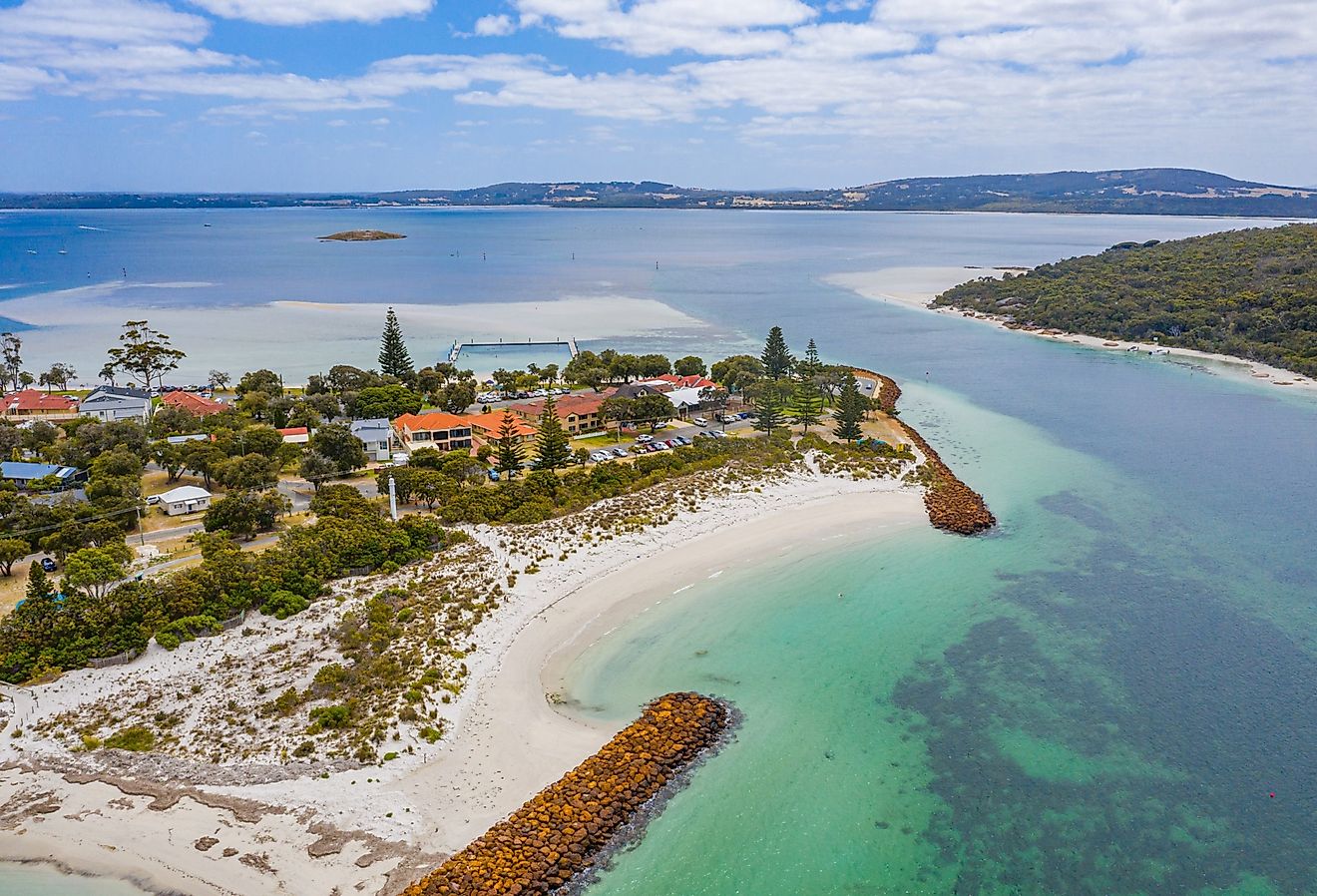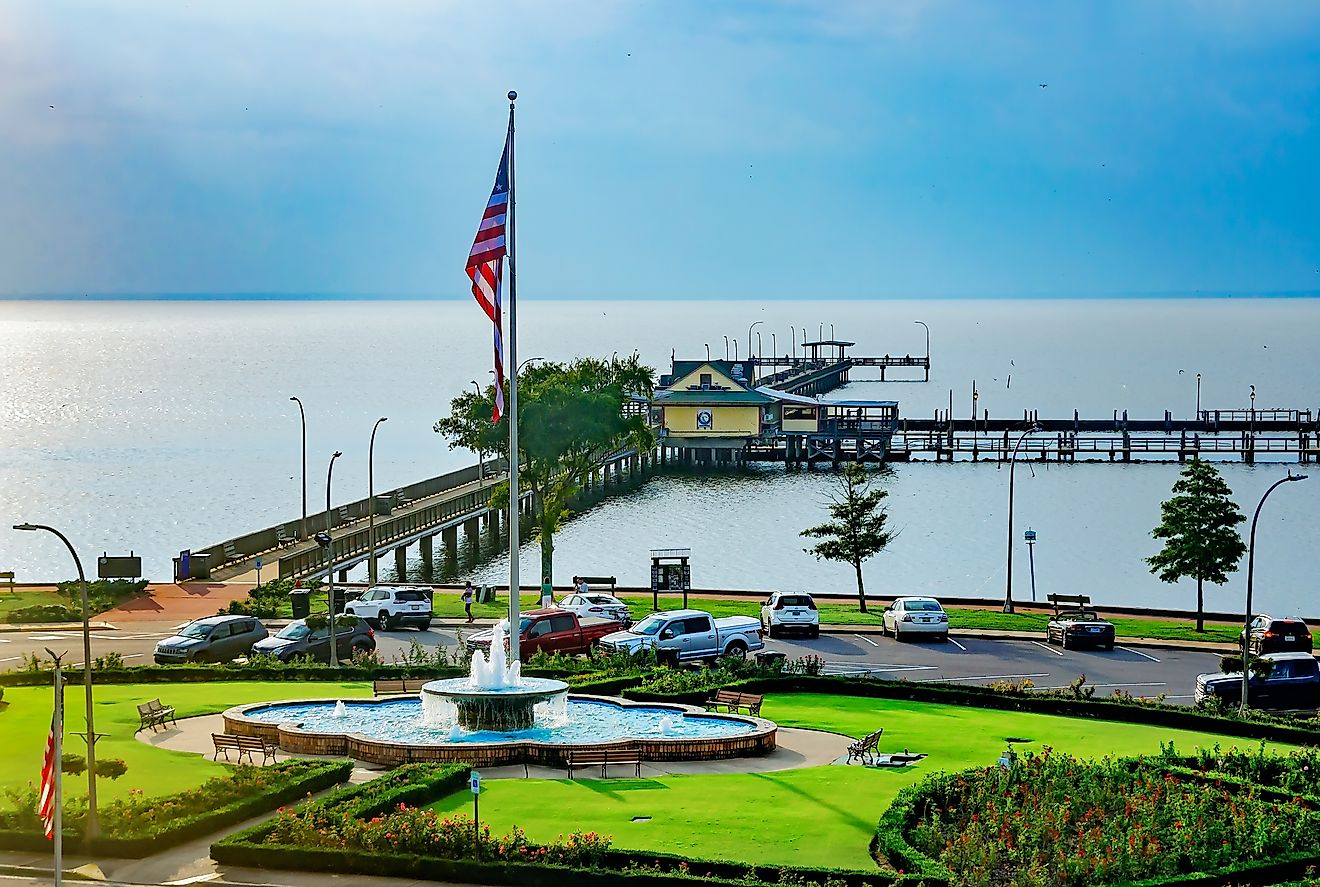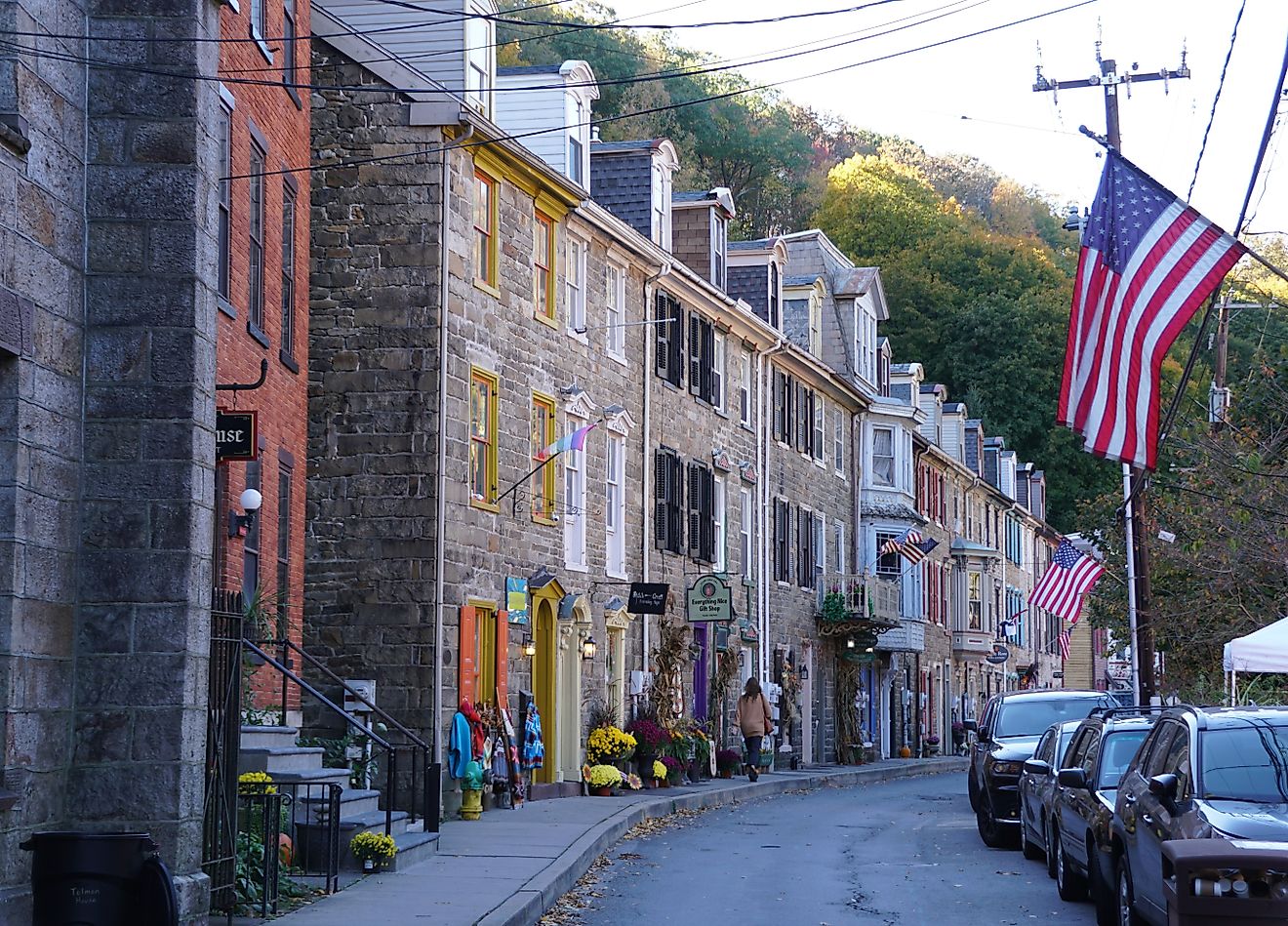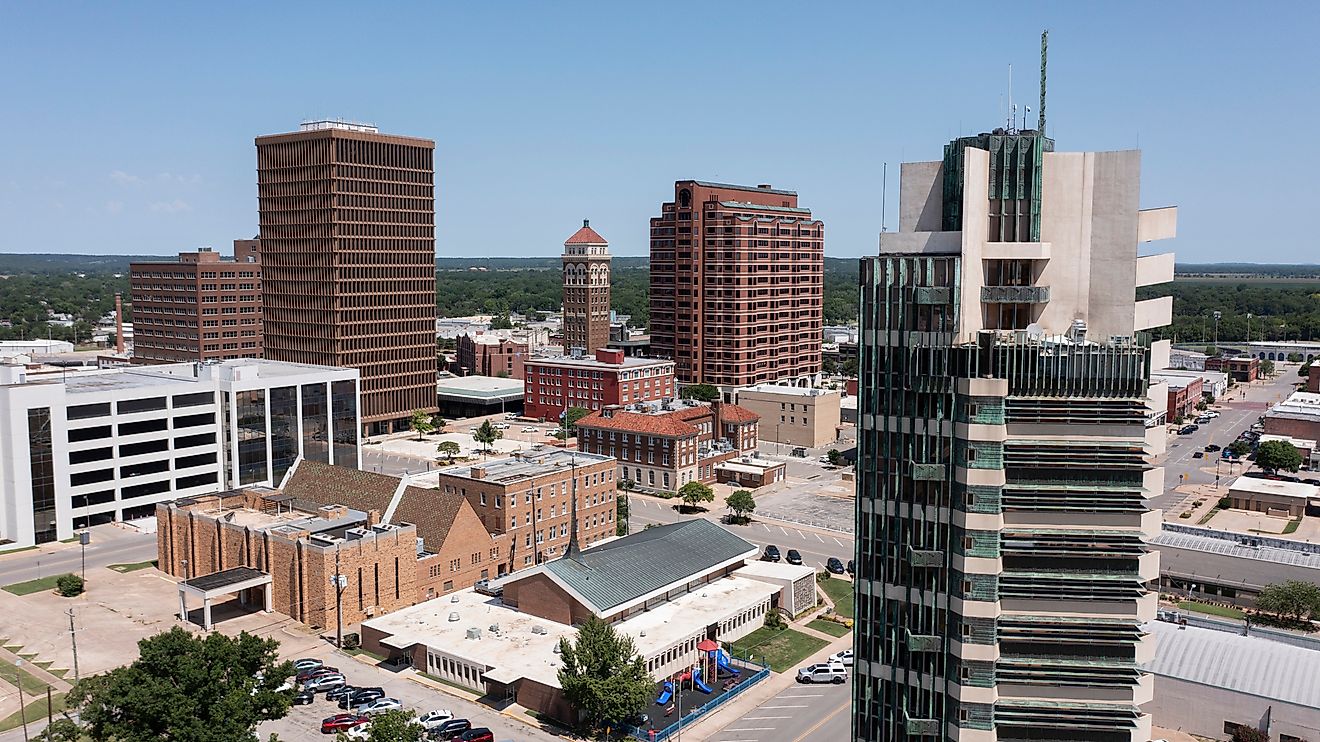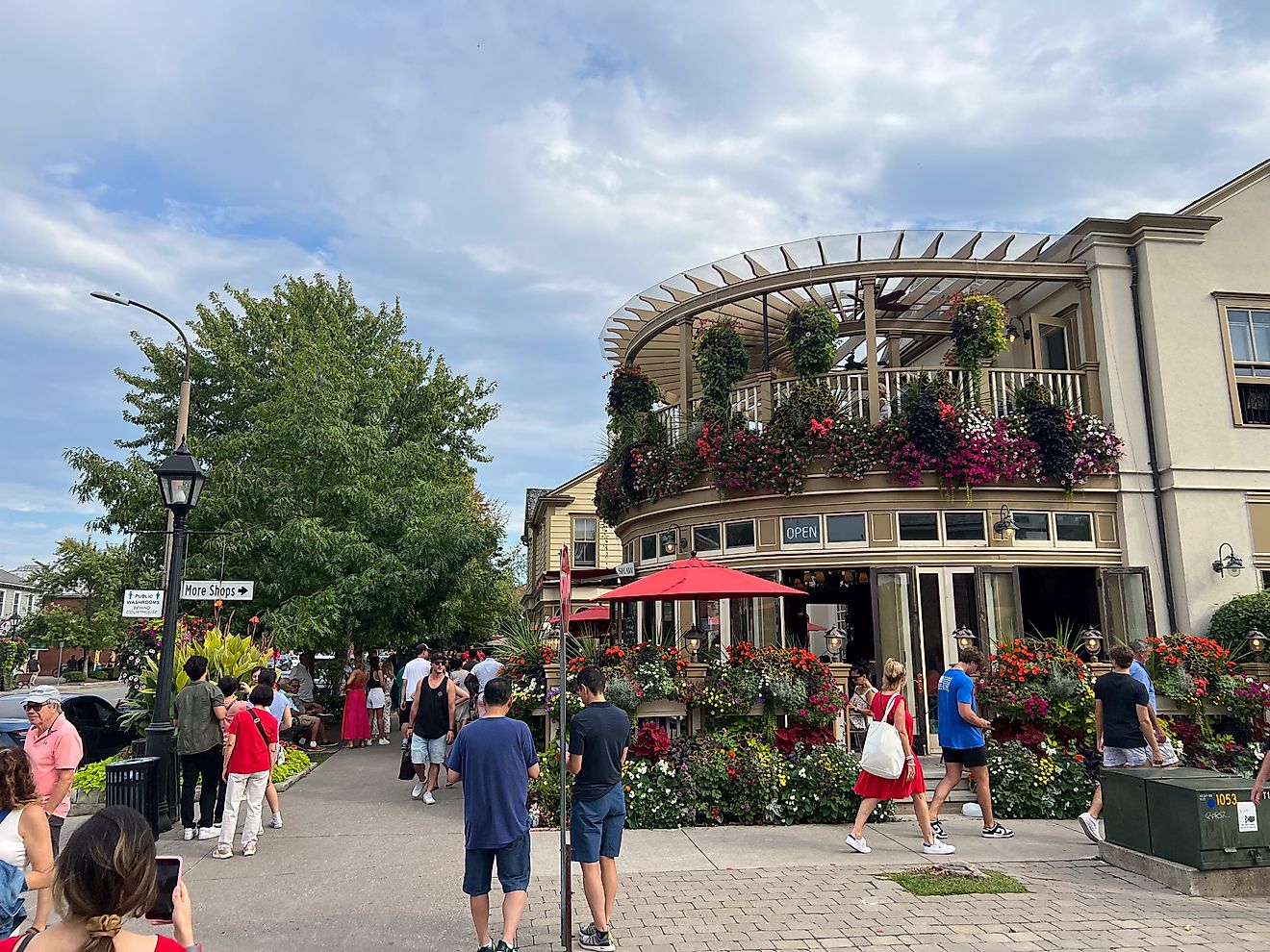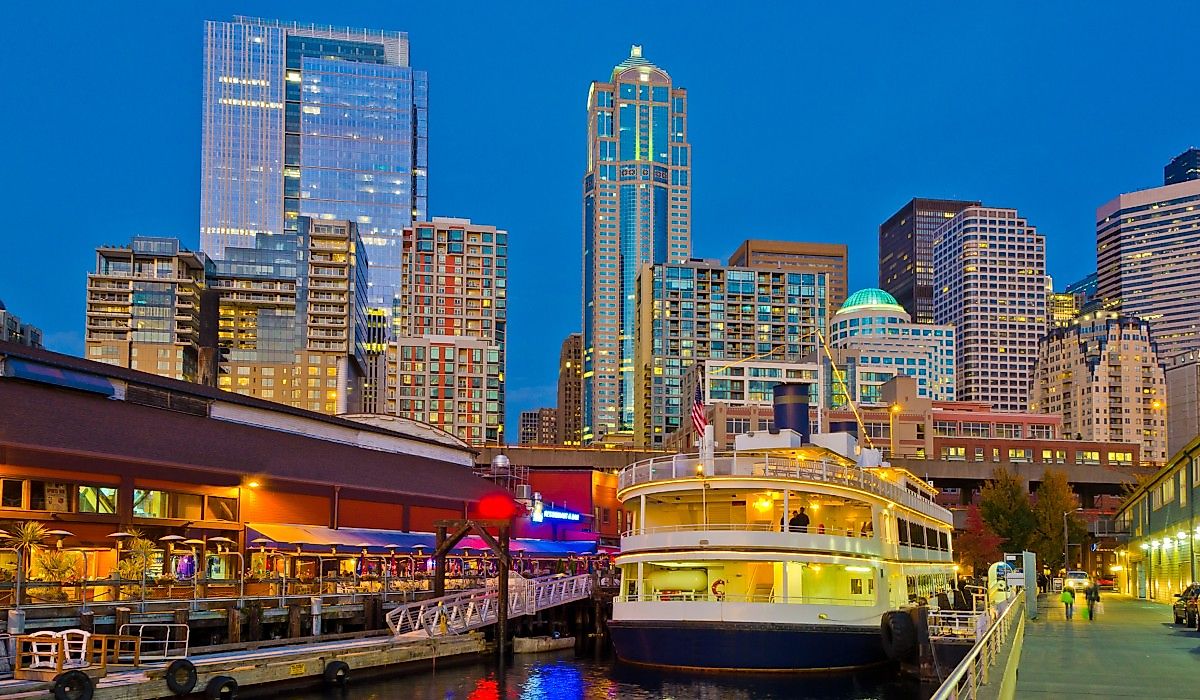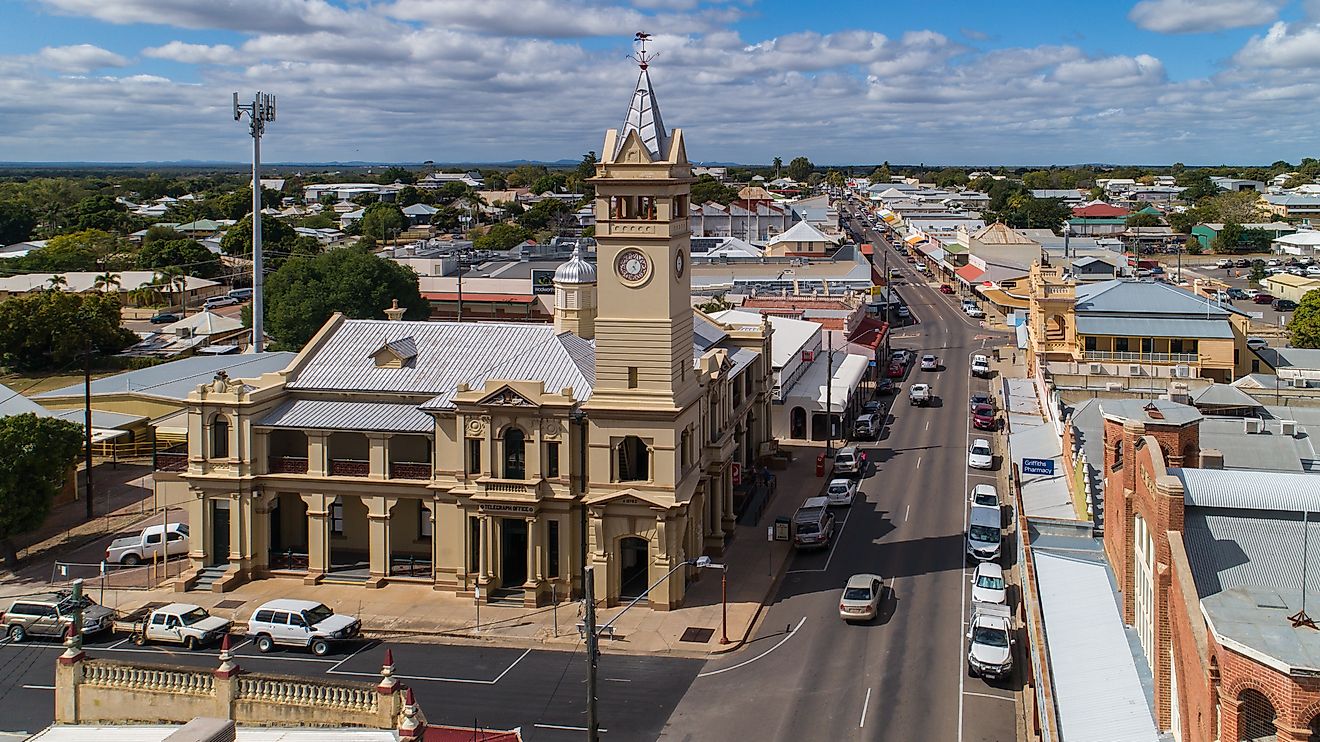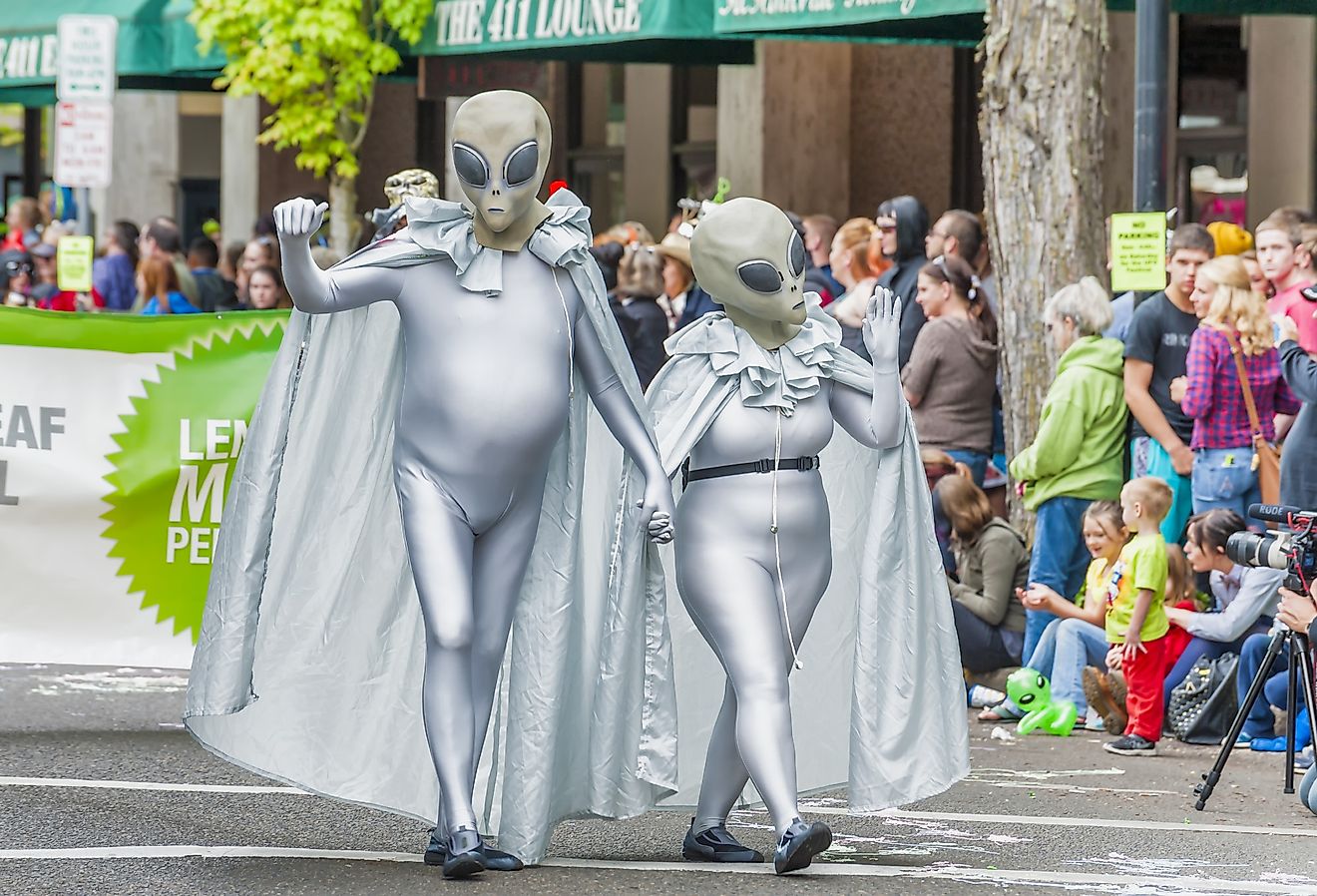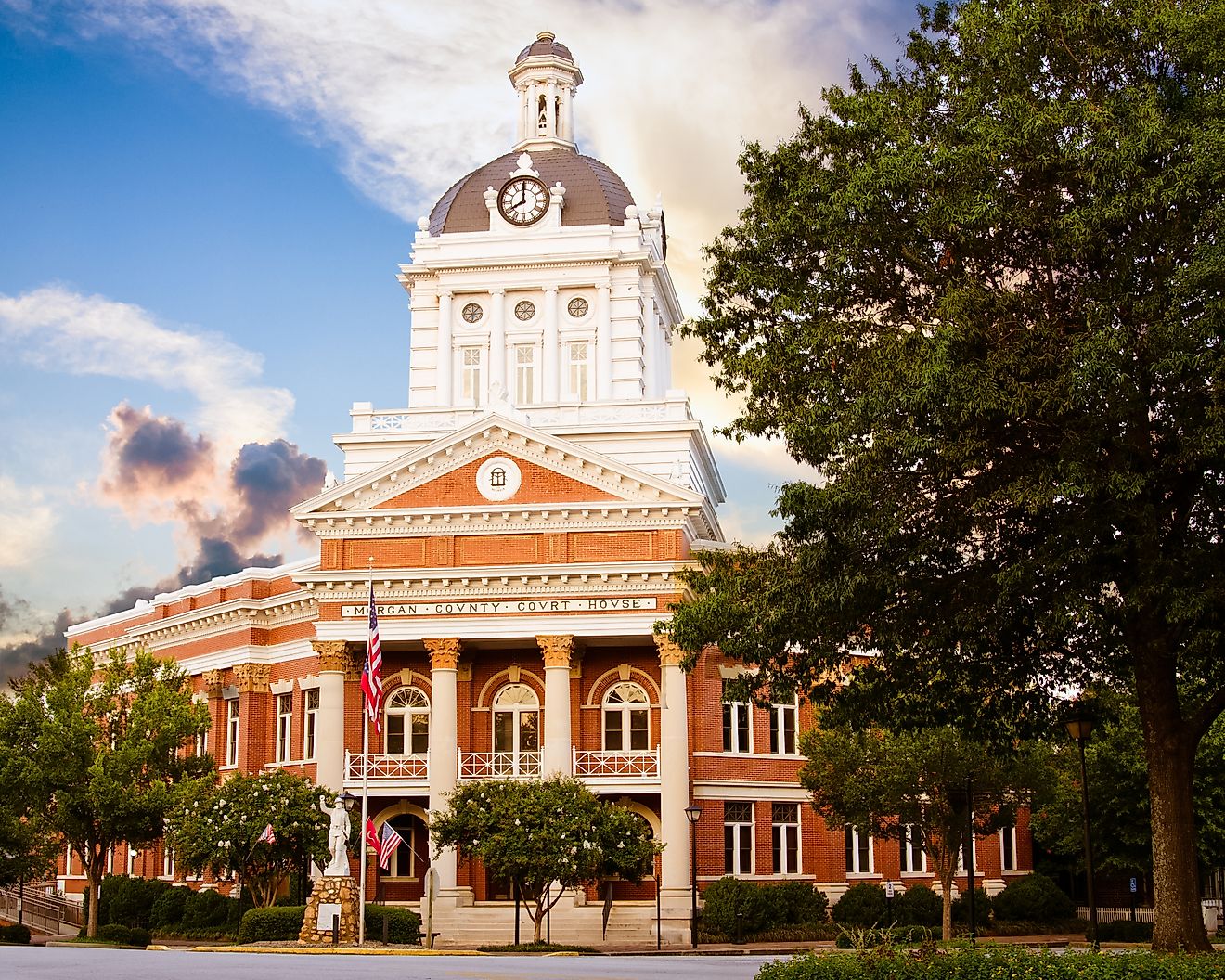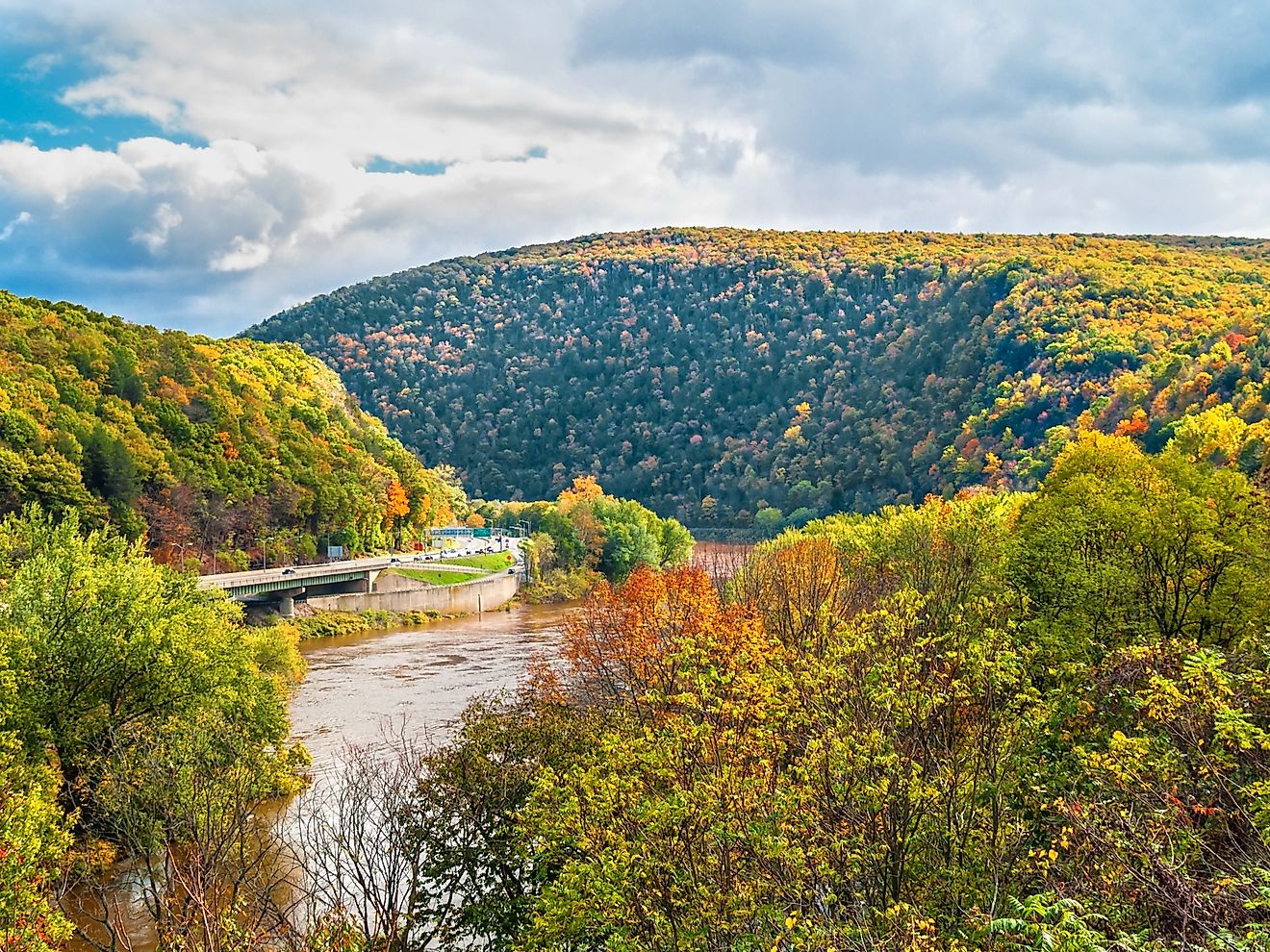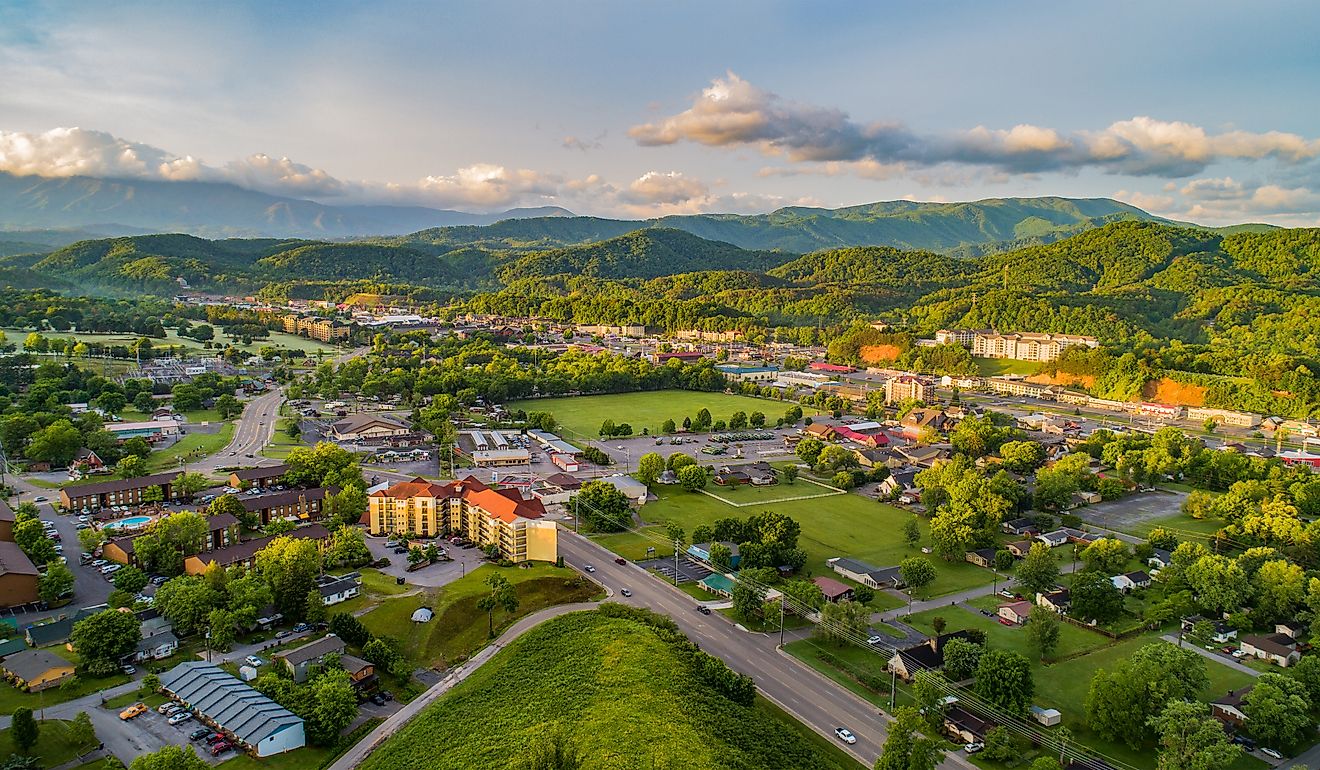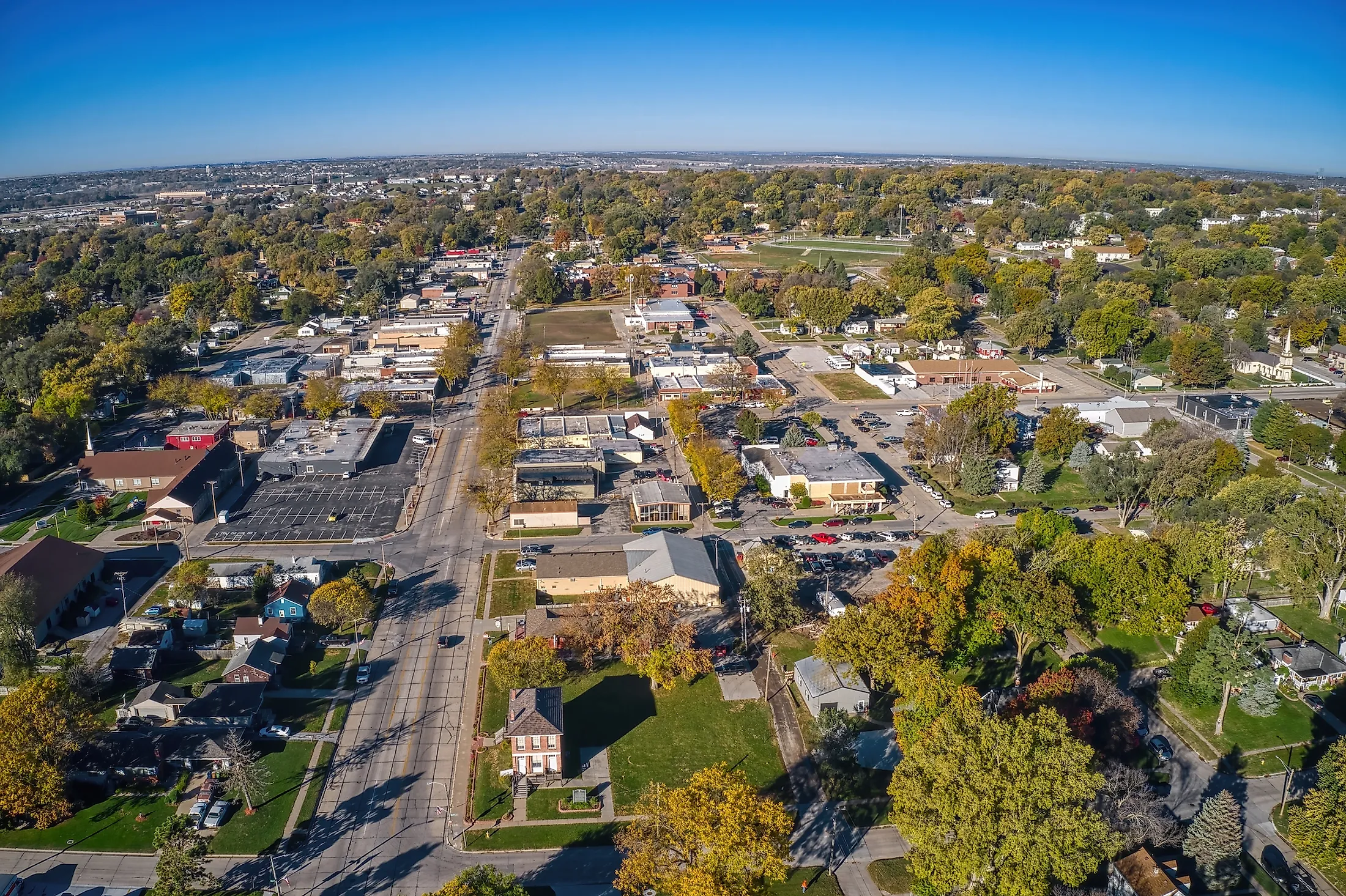
Bellevue, Nebraska
Bellevue is a city in Sarpy County located in the eastern suburbs of the U.S. state of Nebraska, right along the Missouri River. It is the third most populous city in Nebraska, with over 64,176 residents. Bellevue is the oldest city with continuous early French-Canadian settlements in Nebraska. The word Bellevue comes from the French word "Belle Vue," which means "beautiful view" because of the beautiful scenery of the rounded cliffs, or bluffs, surrounding the Missouri River. Bellevue is also known as the "Birthplace of Nebraska" as it was the first town established in this state in 1822. The city was incorporated in 1855.
Geography Of Bellevue
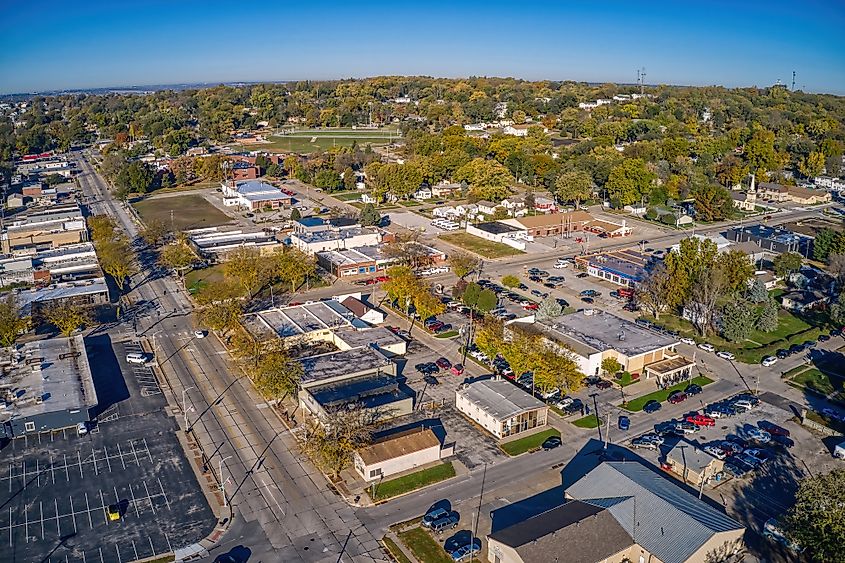
Bellevue is located in the eastern Sarpy County of the U.S. state of Nebraska. To its east, it is bounded by the Missouri River. The city is located at an elevation of 1115ft. According to the United States Census Bureau, the city has an area of 16.02 square miles, making it the fourth largest city in Nebraska in terms of area. The city is divided into 15.85 square miles of land and 0.17 square miles of water. Bellevue is directly 8.04 miles southeast of the most populous city in Nebraska, Omaha, and 46.16 miles northeast of the capital of the state. Bellevue is a part of a bigger area called the Omaha-Council Bluffs Metropolitan Area, which consists of eight counties from both Nebraska and Iowa.
Climate Of Bellevue
According to the Köppen climate classification, Bellevue itself has a humid continental climate that is characterized by warm-humid summers and dry cold winters. The average annual temperature s 51.0°F, where it fluctuates between 17°F and 87°F. The hot season is usually between May and September, while the cold season is between November and February. Bellevue experiences a wet season, most commonly between April and October. The rest of the months are characterized by a dry season. The annual amount of rainfall collected is 31.7 inches, with May recording the most amount of rainfall (4.4 inches). However, the annual amount of snow collected is 29.1 inches, with January recording the most amount of snow (7.1 inches). Bellevue is mostly cloudy between October and June. The rest of the year is characterized by a clear sky.
Brief History Of Bellevue
Bellevue was founded in 1822 as a trade center for the Missouri Fur Company. The main contributor to this company was Lucien Fontenelle. He was Bellevue's first permanent inhabitant. The fur trade declined and was abandoned from 1839 till 1842. The French Colonel Peter Sarpy, that was also a fur trader, established a fur company along the river from Bellevue in 1846. He was a successful businessman that helped plan and organize the city. Sarpy County was named in honor of him. Bellevue began to grow and prosper due to its distinct location on the Missouri River with access to the Platte River and started to have a mixed economy with a decline in the fur trade. As the state was opened for European and American settlements in 1854, the city experienced a building boom where churches, banks, private homes, and many other structures were built. From 1880 till 1940, Bellevue's population started to grow due to improved transportation access to Omaha. Bellevue experienced its biggest growth when Offutt Air Force Base was established. It accommodated the huge Martin bomber plant during World War II and the headquarter of the U.S. Strategic Air Command. This is where the city attracted civilians and warriors that made Bellevue their home of residence. The Hiroshima and Nagasaki atomic bombs were carried by planes made in the Offutt Air Force Base.
Demographics And Economics Of Bellevue
According to the United States Census Bureau, Bellevue has a total population of 64,176 as of 2020, with a median age of 34.9 years old. As of the racial distribution, the encompasses 6 main ethnic groups: 80.1% White, 5.9% African American, 0.6% American Indian and Alaska Native alone, percent, 3.1% Asian, 0.2% Native Hawaiian and Other Pacific Islander. The rest either have other races or a mix of two or more races. The Hispanic or Latino (of any race) makes up 16.6% of the population. English is spoken by 86% of the population. The rest speak Spanish (9.7%), Asian and Pacific Islander languages (2.1%), Indo-European languages (1.2%), and other foreign languages (1%). Only 46.2% of the population in Bellevue are naturalized U.S. citizens. And veterans make up 17.7% of Bellevue's population, of which 85.9% are males and 14.1% are females.
As of the same 2020 Census, 63.2% of the population are employed, with a poverty rate of 9.1%. The homeownership rate in Bellevue is 63.4%, where the median gross rent cost is $1,010 per month, with a median household value of $165,900.
Attractions In Bellevue
Fontenelle Forest: Fontenelle Forest Nature Center and Neale Woods are two of Fontenelle Forest's nature facilities in Bellevue and Omaha, respectively. The property includes approximately 2,100 acres of forest, prairie, and wetlands along the Missouri River. The goal is to allow people to enjoy quiet nature and motivate future generations to take care of the environment and nature.
Sarpy County Historical Museum: This free museum is located in Bellevue. It encompasses collections and artifacts related to the area's history and the first European settlements.
Bellevue Little Theatre: The mission of this theatre is to create a dynamic community for the artists, performers, and interested community through vibrant theatrical productions and arts education.
Bellevue Keno: This casino is a great stop for individuals to have a good time and play roulettes, blackjacks, and card games.
Presbyterian Church of Bellevue: This is the first and oldest presbyterian church built in the state of Nebraska. It has a very unique and beautiful interior, especially for wedding ceremonies.
We can conclude that this old settlement is a great historical and ecological center for anyone looking for a simple yet rewarding excursion.
